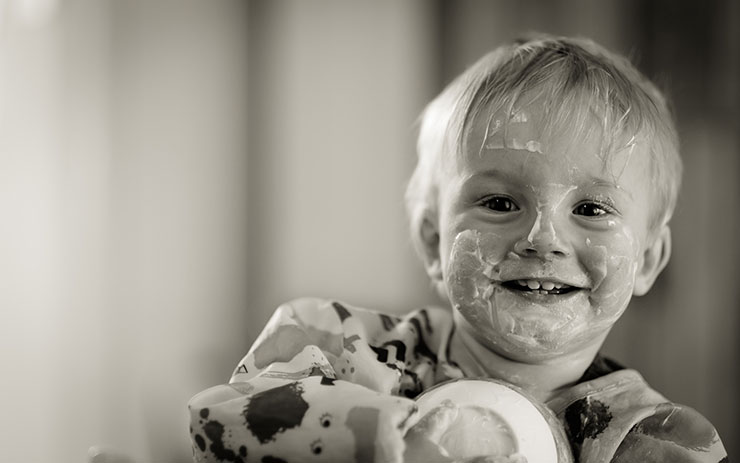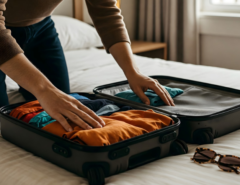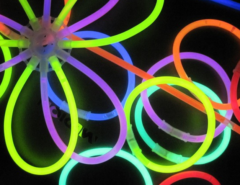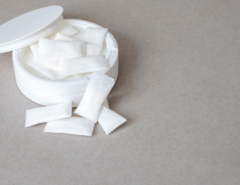A common phrase our poison specialists hear when talking to parents of young children is, “I don’t think he/she ate that much because it tastes bad!” Although we briefly talked about this in one of our earlier blog posts, today, we are going to dive a little deeper to thoroughly bust the myth that children won’t eat things that taste bad…or will they?
Children are curious and adventurous. If looking at or touching something doesn’t satisfy their curiosity, the next obvious thing for the child to do is to put it in their mouth. This is actually a normal part of their development. Did you know that young children do not develop a full sense of taste until they are older? This means what tastes bad to you most likely does not taste bad to them. And, as a result, they will try to taste almost anything.
I asked our poison specialists to list some of the bad tasting items for which they often receive calls. Here’s what they had to say:
- We often hear about children physically getting into kitty litter boxes. Not only will they eat the kitty litter, they may also eat the cat’s poop.
- When you wake up in the morning, you may find a child painting poop all over the walls. Also, if left alone in the bathroom too long, they may paint themselves and/or the walls with their poop. Often times the poop will end up on their face and possibly in their mouth, so parents will call.
- Dishwasher and laundry detergent packs are colorful and look a lot like toys and candy, which means they can end up in a child’s mouth. Once in the mouth, the packs can easily break, leading to the child swallowing the liquid.
- When children are coloring or painting, it often doesn’t stay on the paper, or even the table. They may cover their teeth and/or tongue with the desired color. Some even try to use markers as lipstick.
- Makeup isn’t just for wearing, it’s for eating too! Or, so your child thinks. Lipsticks and chapsticks are commonly left in purses and diaper bags, which often are left on the floor. Children will lick it, or untwist it and take a bite.
- The smell of nail polish and nail polish remover may be enough to keep adults away, but not children. This is another item children will paint themselves with or try to drink. Nail polish looks similar to paint and a paintbrush.
- We get a lot of calls about children getting into cigarettes, e-cigarette or vape liquid, nicotine patches, nicotine gum, and nicotine lozenges. Unfortunately, cigarette butts are often found on the ground, or in ashtrays sitting on a table, making it easy for children to quickly pick up and put in their mouths. E-liquids, as well as nicotine-containing products are often left out on the counter or on the floor in purses or backpacks; this gives children easy access to these dangerous products. If you use chewing tobacco, keep a close eye on your spit cup, as we sometimes hear about little ones who take a drink. Gross, yes. But, also very dangerous because of the nicotine left in the spit.
- Hand sanitizer can be found in various settings, including the home and school. Eating a pea-size amount is not harmful, but eating a few pumps can be dangerous.
- Not all medicines necessarily taste bad, but some do. If stored improperly, children most likely will get into it. They see adults use medicine, and even give medicine to them. Children may get into medicines, and they can (and will, if given enough time) open child-resistant packaging. Parents should never refer to medicine as “candy” to encourage a child to take the medicine.
Children are not only curious, but also quick to act on their curiosity, which often means trouble for parents and guardians. With all of these items, proper storage is key to keeping children safe. But, if the unthinkable happens, call us right away for help, and do not wait for symptoms! Your call is free and confidential. Our experts are available 24/7/365 by calling 1-800-222-1222.





Leave a Reply